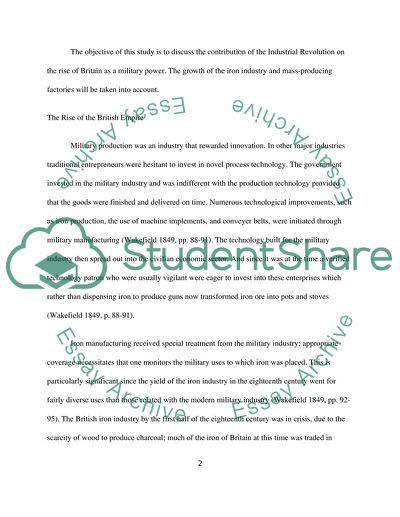Cite this document
(“Industrial Revolution as a Trigger of Great Britain's Growth Research Paper”, n.d.)
Industrial Revolution as a Trigger of Great Britain's Growth Research Paper. Retrieved from https://studentshare.org/military/1729264-industrial-revolution-helped-propel-britain-into-powerhouse-navy-and-army
Industrial Revolution as a Trigger of Great Britain's Growth Research Paper. Retrieved from https://studentshare.org/military/1729264-industrial-revolution-helped-propel-britain-into-powerhouse-navy-and-army
(Industrial Revolution As a Trigger of Great Britain'S Growth Research Paper)
Industrial Revolution As a Trigger of Great Britain'S Growth Research Paper. https://studentshare.org/military/1729264-industrial-revolution-helped-propel-britain-into-powerhouse-navy-and-army.
Industrial Revolution As a Trigger of Great Britain'S Growth Research Paper. https://studentshare.org/military/1729264-industrial-revolution-helped-propel-britain-into-powerhouse-navy-and-army.
“Industrial Revolution As a Trigger of Great Britain'S Growth Research Paper”, n.d. https://studentshare.org/military/1729264-industrial-revolution-helped-propel-britain-into-powerhouse-navy-and-army.


